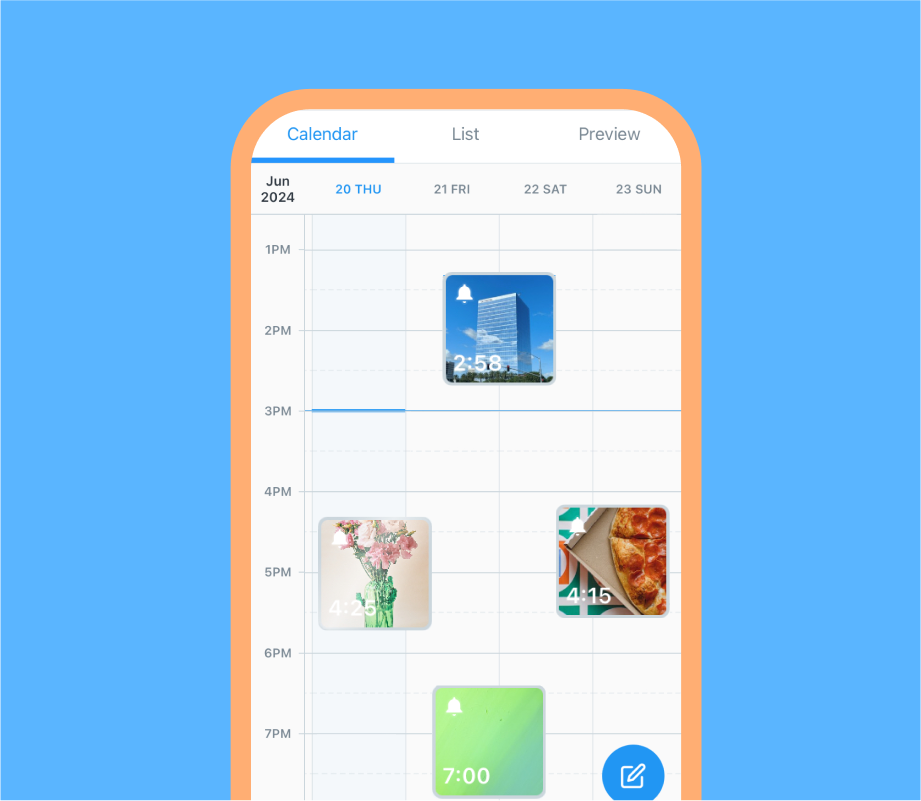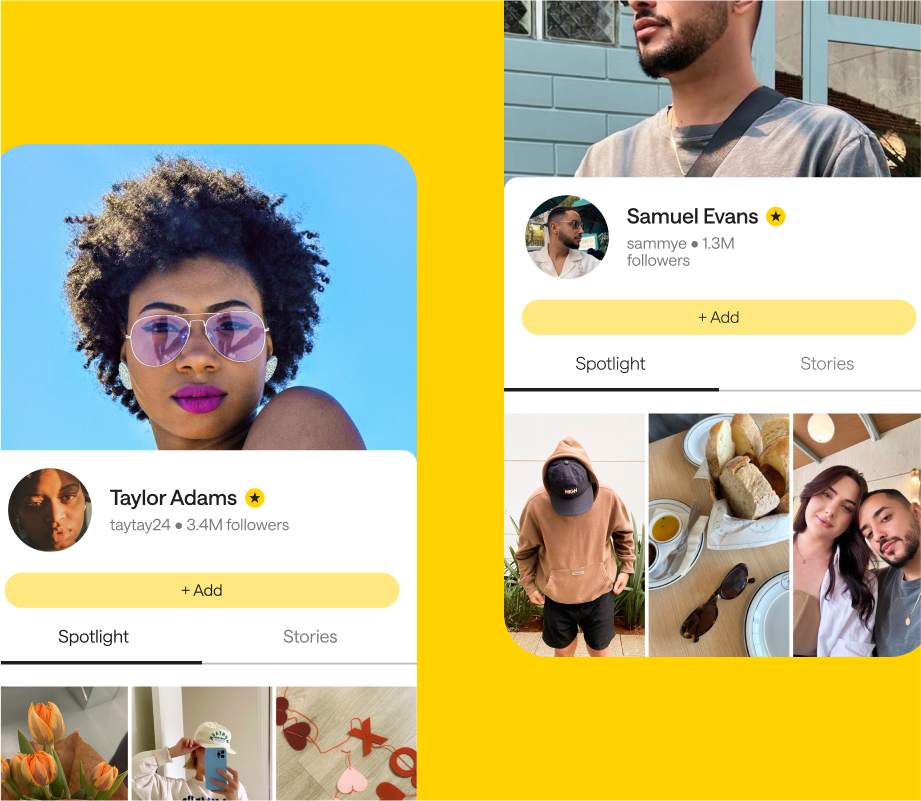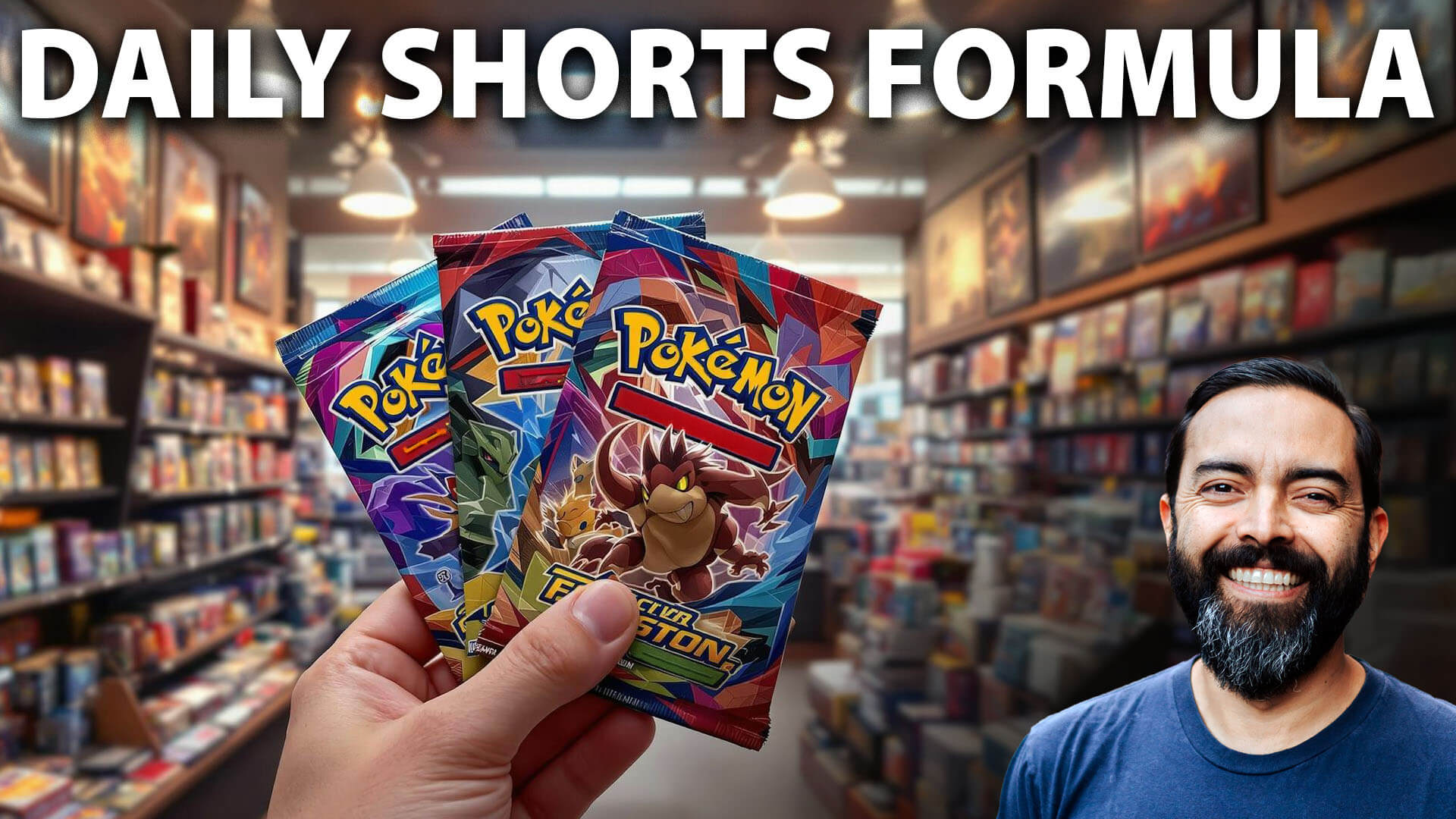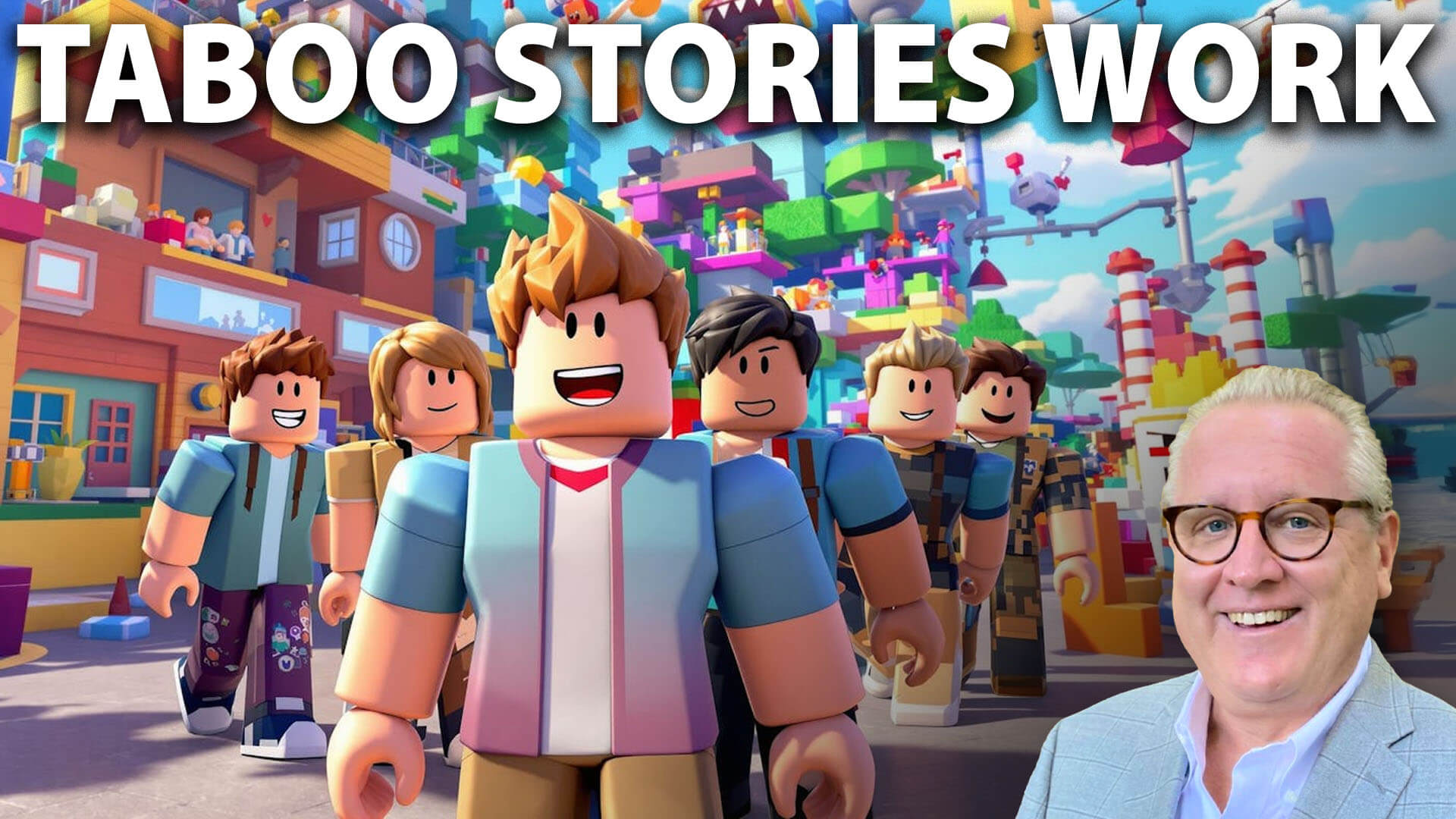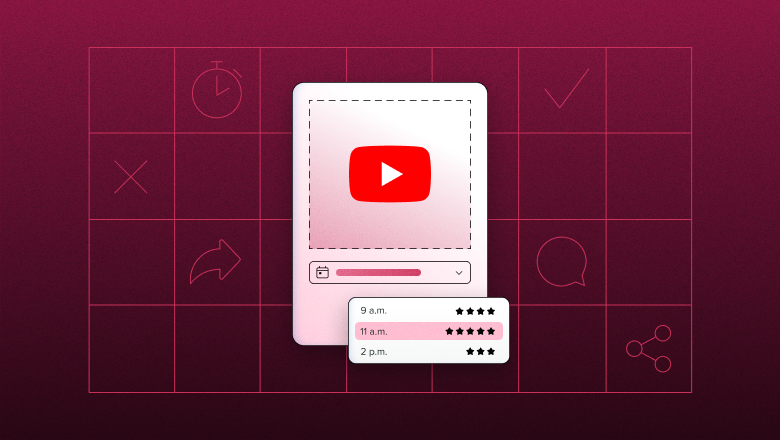12 social media sentiment analysis tools for 2025
Social media sentiment analysis tools will help you find out what your audience really thinks of you — and how you can improve. The post 12 social media sentiment analysis tools for 2025 appeared first on Social Media Marketing & Management Dashboard.

Knowing if a thousand people mentioned your brand last week is helpful. But I find the real insight comes from knowing how they talked about your brand.
Was the overall vibe positive? Or has a flood of comments suggested your last marketing campaign missed the mark?
The thing is, you can’t manually find and review hundreds of mentions across multiple social networks. That’s why AI-powered sentiment analysis tools are so incredibly cool. They can dig up all the mentions of any topic on social platforms, blogs, and beyond in real-time, analyze the words used, and tell you the emotion behind them.
I’ve tested and tried a bunch of the best sentiment analysis tools and can confirm they varied wildly in cost and capability. So, instead of just listing them here, I broke them out by who they’re best for. I also asked a social media pro to share her top sentiment analysis tips that’ll help you find the right sentiment-tracking tool and give you a head start on how to use it.
What is a sentiment analysis tool?
A sentiment analysis tool is software that helps you collect and analyze the emotion behind how people talk about your brand online. Rather than simply counting the number of mentions or comments, sentiment analysis tools measure feelings so you can respond to them accordingly.
What’s amazing about these tools is the scope in which they work. They use AI, machine learning, and natural language processing (NLP) to seek out social mentions of your brand or products on dozens (or hundreds) of websites and apps. Then, they calculate a sentiment score in seconds.
The best part about using sentiment analysis tools is tracking changes over time. Is your PR campaign lifting customer opinions of your brand? Did the latest recall leave your audience with a bad taste in their mouth? A sentiment analysis tool will tell you.
There are several types of sentiment analysis tools. Let’s get into them.
Best overall sentiment analysis tools
1. Hootsuite
Hootsuite’s sentiment analysis tool is seamlessly integrated with its full suite of social media management, scheduling, and listening features. That makes it a perfect choice for very active social media teams or pros who need one place to track and react to audience sentiment.
Whether you want to know what people say about your brand, your products, or your competitors, Hootsuite’s sentiment analysis tool has you covered.

Who’s this for?
- Small to large businesses, agencies, and creators looking for a sentiment analysis tool that integrates with their overall social media management workflow.
- Teams who need to collect a sentiment dataset from a large list of online locations.
Pricing:
- Sentiment analysis is included in all Hootsuite plans, which start at $99/month for the Professional plan with a 30-day free trial.
SMM star rating: 5/5
My favorite features:
- Sentiment over time graph: It’s good to know what people say about you today. But the real magic happens when you see how that changes over time. If there’s a social media crisis brewing or your product launch is a huge hit, the trends from the sentiment-over-time graph will tell you.
- Share of emotion: I love that you can see how much of the online conversation about your brand leans towards a particular emotional tone like love, joy, or anger. That opinion mining gives you instant feedback to tell you how to approach your next online message.
- The Quick Search tool: Once you start using Hootsuite’s sentiment analysis tool, it becomes a little addictive. You’ll want to see what people think of all types of topics, and the quick search tool makes that super easy — just type whatever brand, keyword, or even event that interests you. It’ll even suggest a list of trending topics as you type!
Where there’s room for improvement:
- Hootsuite’s customizable analytics dashboard offers a lot of data, which may be a little overwhelming to newer SMMs who haven’t used social media management software before. Luckily, the Hootsuite Help Center has plenty of easy-to-follow instructions, and there’s a live support team that is ready to assist.
Customer review:

Source: G2
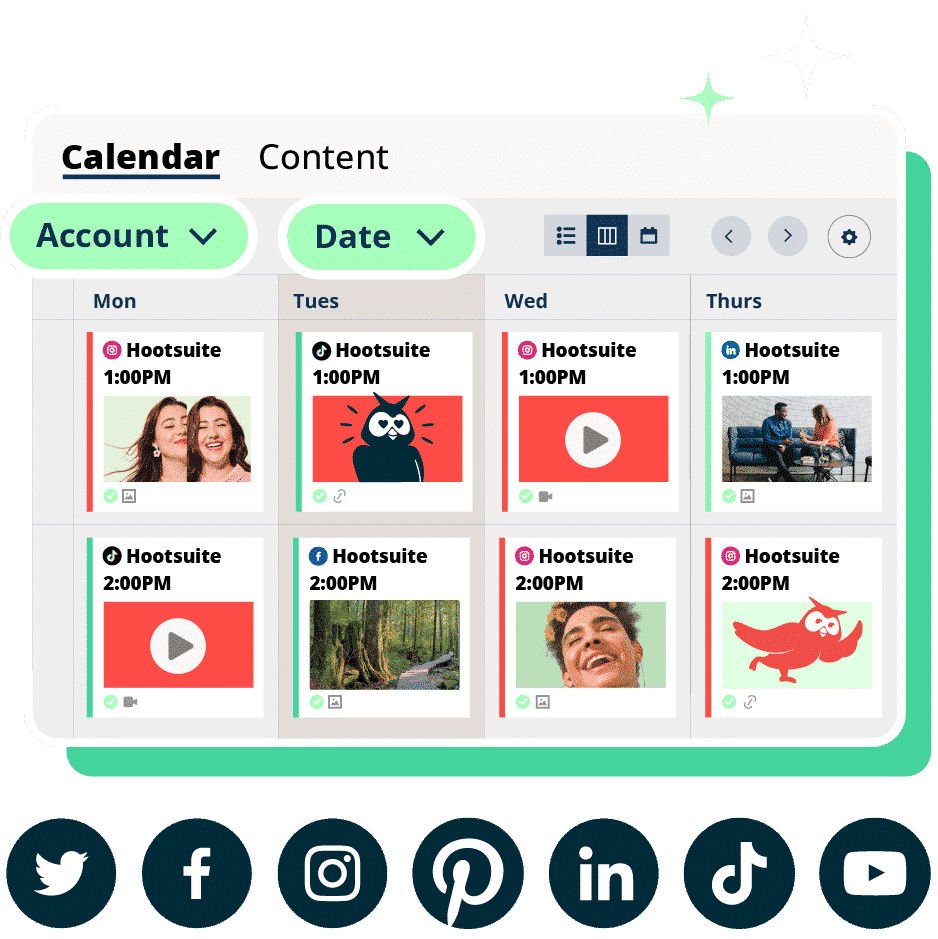
Create. Schedule. Publish. Engage. Measure. Win. Free 30-Day Trial
2. Talkwalker
Talkwalker is another great all-around social media monitoring tool. It powers the sentiment features in Hootsuite and is also available as a standalone platform with lots of functionality (like video engagement analysis, text analysis, and social listening tools).
Talkwalker analyzes sentiment from 150 million data sources, including over 30 social platforms, blogs, forums, online news sites, online reviews, and more. So, for teams that need to know what’s said about them just about anywhere on the web, Talkwalker is a nice option.

Source: Talkwalker
Who’s this for?
- PR and marketing pros that monitor sentiment from a large variety of places.
- Marketing teams who prefer an a la carte approach to social listing and sentiment analysis features and aren’t using Hootsuite.
Pricing:
- Talkwalker doesn’t publish prices publicly.
SMM star rating: 4.5/5
My favorite features:
- Contextual understanding: People use sarcasm online a lot. I worry that can be lost on a piece of software that monitors moods. But Talkwalker’s text analytics actually understands basic sarcasm and knows how to categorize it in its analysis. So cool!
- Product sentiment breakdown: If you sell a product with several important attributes (like a flashlight people buy because of weight, brightness, and battery length), the product sentiment breakdown is a game changer. Say your overall sentiment is positive, but people think your flashlight is too darn heavy. You can publish a comparison to show it’s actually lighter than most competitors.
- The integrations: Talkwalker is really useful as a standalone tool, but its integrations make it so much more convenient. You can incorporate Talkwalker data with over 100 platforms. If you already use Hootsuite (or are thinking about it), you’ll get the best of Talkwalker data natively in your dashboard.
Where there’s room for improvement:
- Expensive for very small teams: Since Talkwalker is a standalone tool focused on social listening, it can be overkill for small marketing teams who might be better off with an all-in-one social media management tool that includes sentiment analysis capabilities.
Customer review:

Source: G2
Sentiment analysis tools for large teams
3. Brand24
Brand24 is a social listening platform that caters to big brands when they need to track thousands of mentions. Multi-brand companies will get a lot of quantitative and qualitative analysis for their money from this tool.
What really stands out about Brand24 is how it uses deep learning to help you understand the influence a mention has alongside its sentiment. I mean, getting kudos from someone with the digital ears of 50,000 people is a little more exciting.

Source: Brand24
Who’s this for?
- Enterprise businesses that want to understand the footprint a positive or negative mention has left on their brand.
- Brands that deal with thousands of mentions across many platforms and need to organize that unstructured data distilled into digestible reports.
Pricing:
- The Individual plan costs $119/month while thethe Pro plan costs $239/month.
- Brand24 currently offers a free, no-credit-card-required trial.
SMM star rating: 4/5
My favorite features:
- Influencer Score and Estimated Social Media Reach (ESMR): Not every mention carries the same weight. Brand24’s algorithm tracks two unique metrics that help you understand each mention’s impact. Influence score tells you how popular the person or website that mentioned you is. ESMR shows how many people could have seen a mention containing a keyword (like your brand name) you’re tracking.
- Emoji analysis: If you’ve ever seen someone add a thumbs-down emoji to a sarcastic comment, you know what an important indicator those little images can be. That’s why I like that Brand24 gives you a whole emoji analysis. You get to see the counts of different emojis used in discussions of your brand, and you can click through to see the actual comments that use them. That helps a lot with sentiment classification.
- AI-generated reports: Have you ever had to generate a report for a large, very public brand that not only shows brand mention trends but also explains what they mean? It can take hours. These AI reports from Brand24 do all that in a few seconds.
Where there’s room for improvement:
- The text data you get from Brand24 is accurate overall, but it can misinterpret the attitude behind some mentions. That’s especially true when commenters use colloquial language.
- It doesn’t allow the muting of individual commenters. You can mute a platform, like Instagram, but removing some accounts from the analysis would occasionally be helpful.
Customer review:

Source: G2
4. Meltwater
Meltwater is a truly global media listening tool. It’s multilingual and pulls textual data from a ton of sources — including radio and TV broadcasts. It’s incredibly feature-rich and is built on sophisticated machine-learning models.
What doesn’t come with all that power is great affordability. Meltwater’s pricing plans will give all but the largest users sticker shock.

Source: Meltwater
Who’s this for?
- Large, multinational companies that need to track sentiment and customer experience across several continents and understand its nuance in multiple languages.
Pricing:
- Meltwater offers several pricing tiers, but it also has feature add-ons that let you configure your own plan. They don’t publish prices publicly, but a single seat can be in the five-figure range per year.
SMM star rating:4/5
My favorite features:
- Vast education library: Meltwater has built a huge library of step-by-step guides and video tutorials. They’re all free and really well organized. I can’t imagine wading through this platform without them.
- In-app AI insights: AI insights kind of follow you around in Meltwater. Say you’ve entered a boolean search in the Brand Analytics chatbot, and then tapped the “Sentiment” tab. You’ll get real-time, AI-powered, actionable insights specific to the customer sentiment around that search.
- Emotional comparison graph: The whole idea is to quickly understand how your brand is perceived at any given moment. I really like the way Meltwater presents emotional sentiment in a bar graph. Each bar represents an emotion, so you can visualize how many mentions show brand love vs. how many express fear or (gulp) hatred. It’s like getting customer feedback on an emotional level at scale.
Where there’s room for improvement:
- Meltwater has its own lexicon of terms (like “tab-level insights”). Add that to the one million (approximate) ways you can find and slice data, and the platform gets overwhelming quickly. I think a lot of SMMs will find it intimidating at first. I know I did.
- The cost. I know you get a lot for the money, but most average brands will be priced out of using the platform.
Customer review:

Source: G2
Sentiment analysis tools for small teams
5. Buffer
Buffer is a streamlined, budget-friendly social media scheduling platform that’s super easy to jump in and start using. That makes it ideal for small teams and business owners who run their social media on the side.
You won’t find a highly in-depth sentiment analysis feature set in Buffer or the most advanced sentiment analysis models. But it offers the basics in clear and understandable charts and lets you easily click through to find the mentions behind each chart.

Source: Rob’s Buffer dashboard
Who it’s for?
- Buffer is a good choice for freelancers, solopreneurs, and small marketing teams who just want general sentiment analysis along with their social media management tools.
Pricing:
- Buffer’s entry-level “Solo” plan is $41/month and, as the name suggests, only allows one user and a couple of alerts.
- The Pro plan will be enough for most small teams since it allows for 10 users and 10,000 mentions. It costs $83/month.
- You can get a 14-day free trial with no credit card needed.
SMM star rating: 4/5
My favorite features:
- Emotional analysis: This is a newish feature for Buffer. Look in your alert feed, and you’ll see that each mention is tagged with one of six emotions. Many will be neutral, but you can scroll through to find ones that stand out (say you notice one “anger” tag among a bunch of Joy and surprise tags). It’s available on all plans, which is really nice for one-person teams.
- Quick click on charts to see mentions: I appreciate how easy it is to click around Buffer. For example, when you’re looking at a sentiment donut chart, you can click on the green “Positive” bar, and it’ll pull up a feed of the mentions that fall in that category.
- Quick chart: Quickchart lets you create a sentiment graph from any alert in about three clicks. Then, you can edit it for specific social media platforms, time periods, emotions, and sentiments. It’s great for adding snapshots to your monthly social media report.
Where there’s room for improvement:
- Sarcasm trips it up: Buffer’s machine learning algorithms can’t really differentiate between a sincere message and a snarky, sarcastic comment. It’s not a deal-breaker, given the price point, but it’s definitely something to be aware of if you use Buffer for sentiment analysis.
- Limited amount of insights: You do get what you pay for here. You’re limited to a couple of data points about sentiment and emotion in Buffer. It’s a nice addition, but it won’t replace the type of in-depth customer insights you can get from other tools like Talkwalker.
Customer review

Source: G2
6. Awario
Awario is a dedicated brand monitoring tool at a decent price point that includes basic sentiment analysis tools. While it’s not the most robust option available, it does have some social selling analysis tools that are unique to this list.
All of that makes Awario a strong option for small teams that already have a social media management solution, especially those that sell through Facebook or Instagram.

Source: Awario
Who it’s for?
- Budget-conscious teams of up to 10 people who just need the sentiment analysis basics (Awario does have an enterprise plan, but if you need unlimited users, you probably need a more complete sentiment analysis tool, too).
- Businesses and solopreneurs who already have an option for scheduling and managing social media posts and engagement.
Pricing:
- The Starter plan is $29/month and covers one-person teams.
- The Pro plan allows for 10 users and costs $89/month.
- There’s a 14-day free trial, but it doesn’t include sentiment analysis features.
SMM rating: 3/5
My favorite features:
- Awario Leads: You can set up a specific type of alert that includes your brand, competitors’ brands, and multiple product descriptions (i.g. “fitness trackers”, “smart watches,” and “activity tracker”). With that info, Awario uses sentiment artificial intelligence to find leads from people complaining about your competitors’ products.
- Smart filters: If you’re monitoring keywords or brands that garner hundreds of mentions, smart filters let you pair down to see the ones that matter most. Let’s say you suspect a mini-crisis around your “SmarToe” sock brand; you can filter out positive and neutra sentimentl mentions and focus only on reviewing the negative ones for that term. This is a nifty way to find negative comments about your competitors, too!
Where there’s room for improvement:
- I really think Awario should let people use the sentiment analysis tool in the free trial.
- Since Awario is a dedicated social listening platform, a little more depth in the sentiment analysis — like tracking emojis or emotions — would be nice.
Customer review:

Source: G2
Sentiment analysis tools for creators and influencers
7. Exolyt
Look, let’s just get this out of the way: Exolyt is pricey (!), especially considering it only monitors one platform. But it’s worth considering if you’re all in on TikTok and want the absolute most competitive insights and data (including sentiment tracking).

Source: Rob’s Exolyt account
Who it’s for?
- The price point makes Exolyte a tough sell for micro and nano-influencers. But it could pay itself back quickly for creators who generate regular income from TikTok.
- TikTok influencers who want all the receipts to show how they’re helping the brands they work with.
Pricing:
- Exolyte has a free plan but doesn’t include social listening or sentiment analysis features.
- The essentials plan (the lowest tier that provides sentiment analysis) will set you back $400/month.
SMM rating: 4.5/5
My favorite features:
- Competitor tracking: You don’t even have to put your own TikTok account into Exolyte. You can just monitor any account you compete with (or want to learn from) for some quick market research.
- UGC tracking: This is one of my favorite features of any platform. You can put a handful of topics (products, brand names, etc.) into Exolyte and it’ll show you the recent sentiment breakdown of user-generated content that references each one. You get that data as an overall percentage and as a change over time.
- Best and worst mentions: For any account, you track in Exolyte, you can see the three mentions with the most positive sentiment and the three mentions with the most negative sentiment. It’s a great way to quickly note conversations that will stir up your followers.
Where there’s room for improvement:
- Obviously, I’d love to see a slightly more affordable plan that would let emerging creators get some of the sentiment analysis benefits of Exolyte.
- This isn’t really a flaw of the platform, but being so hyper-focused on just TikTok means other use cases will need additional tools to monitor other social networks.
Customer review:

Source: G2
8. Keyhole
Hootsuite fills the need here well, but we wanted to feature another tool, and Keyhole fits the bill. It’s a social media analytics (no content creation or scheduling) tool that includes a nice suite of social media sentiment analysis features. I like it for influencers because it tracks hashtags and other creator accounts.

Source: Keyhole
Who it’s for?
- Experienced creators and influencers who want to go beyond a sentiment overview and understand how people feel about certain topics and words.
Pricing:
- Keyhole doesn’t publish prices, but a few users say it’s on the pricey side.
SMM rating: 4/5
My favorite features:
- Sentiment Timeline: The sentiment timeline is really cool. Imagine knowing when a conversation is hot so you can jump in — or being able to “read the room” and stay quiet until the collective angst subsides. The Sentiment Timeline helps you do it.
- Positive or negative word tracker: There’s a keywords box on the Keyhole sentiment dashboard that lists which words show up in polarizing posts. Maybe the word “price” shows up in the negative sentiment list, for example. That could indicate people are not too happy about the rising cost of whatever item you’re tracking, which could make for some spicy content.
Where there’s room for improvement:
- It would be great if you could see at least basic pricing upfront.
- I don’t think Keyhole’s artificial intelligence is as advanced as others on this list. It’s not great yet at understanding snark and sarcasm.
Customer review:

Source: G2
Sentiment analysis tools for agencies
9. Agorapulse
Agorapulse is a lightweight social media management platform that’s priced well for growing agencies. That means you won’t get the most advanced sentiment analysis tools out there, but they’re enough for most basic users. Agorapulse also has some collaboration features that are ideal for working with clients.

Source: Agorapulse
Who it’s for?
- Small and growing agencies that want a flexible plan that doesn’t force them to pay for more than they need.
- Agency pros who want to speed up client reporting.
Pricing:
- Agorapulse has a limited free plan that’s just enough to let you kick the tires.
- Paid plans start at $79/month, but most agencies will need to create a custom version they can scale as they grow.
SMM rating: 3.5/5
My favorite features:
- Simple analytics: It may not be super powerful, but Agorapulse’s sentiment metrics are instantly populated in searches and clearly presented, so the learning curve is short.
- Number of sources: For the money, you get access to a lot of web and social media sources.
- Content type filters: Agorapluse has drop-down menus on each detailed search view that lets you pick which type of message — video, links, text only, or image — you want to analyze, which will show you where you can offer customer support.
Where there’s room for improvement:
- While it’s not bad for the money, other tools monitor sentiment from way more sources.
Customer review:

Source: G2
10. Mentionlytics
If you need a more full-featured brand monitoring and sentiment analysis tool without the social management piece, Mentionlytics should be on your shortlist. Add in the platform’s customizable dashboards and reports, and the ability to add separate client accounts, and you’ve got a great solution for agencies to monitor customer satisfaction.

Source: Mentionlytics
Who it’s for?
- Established agencies whose clients need in-depth listening and sentiment data and are willing to pay for it.
- Medium to larger agencies with a big client roster.
Pricing:
- Mentionlytics offers an Agency-specific plan for $499/month.
- Other paid plans start at $41/month and go up quickly.
SMM rating: 4/5
My favorite features:
- Non-@ mention: People may talk about your brand without tagging your account or using a hashtag. Mentionlytics finds and reports on those non-@ mentions.
- Share of voice sentiment: There’s a Share of Voice chart that includes share of voice sentiment. So you get to see what share of positive, negative, and neutral mentions your clients’ brands command.
- White label reports: The ability to create customizable reports with your (or your client’s) branding is a must for agencies, and you can do that with Mentionlytics. You also get a Google Data Studio connector and APIs for other integrations to automate client reporting.
Where there’s room for improvement:
- A full-scale free trial would be nice. You can run a search on a particular brand or keyword for free, but it’s not the same as using the platform like an agency would for 30 days.
Customer review:

Source: G2
Best free sentiment analysis tools
11. Hootsuite
Sometimes, you just want a quick gut check of the overall sentiment for a single brand or topic right now. Or maybe you don’t yet have the budget for a tool like Talkwalker that tracks the sentiment for all of your keywords and hashtags over time.
Either way, the free Hootsuite brand sentiment analyzer covers the basics for you.

Who it’s for?
- Anyone who just needs a quick idea of the sentiment surrounding a single topic right now.
My favorite feature:
- The simplicity and accessibility: There’s zero learning curve and nothing to confuse you with this free tool. Just type in your topic and get your sentiment review.
12. Social Searcher
Social Searcher is a basic social media listening tool. I’m not sure I would have included it on this list, except it has a free plan worth playing around with.
Unfortunately, you only get one brand/topic monitoring session per month. But it gives you a decent amount of feedback for that one term.

Source: Social Searcher
Who it’s for?
- Businesses new to the world of social listening who want to see how it works.
- Someone who has a single topic or brand they want to run a quick sentiment analysis on.
My favorite feature:
- The individual sentiment graphs: I really like how Social Searcher splits out its sentiment graphs for each social network. It’s too bad you only get to use it once per month.
4 expert tips to improve your brand sentiment on social media
Finding the right sentiment analysis tool is an important step. But it takes a little more elbow grease to increase reach and shift brand sentiment in your favor.
I’ve asked Ruth Kim — an experienced Social Media Consultant working with Rebrandly — for some tips on how to do it.
1. Set benchmarks
Your brand’s sentiment score doesn’t exist in a vacuum. The way people talk about your entire industry will certainly affect the mood around your brand mentions. People probably say a lot of nice things about travel in June and not-so-nice things about taxes in April.
That’s why Kim says to “check out your competitors’ sentiments and gather a baseline.”
Say your score stays flat while the industry’s sentiment tide rises. Just looking at your score won’t indicate a problem. But when you see your competitors’ sentiment scores jump, you’ll know it’s worth a deeper look.
2. Spy on your competitors’ strategies
Kim also suggests reviewing your competitors’ marketing strategies. If they’re garnering the lion’s share of positive mentions, you’ll want to know what they’ve done differently.
Most of the tools we’ve mentioned let you set alerts for keywords. You could use that ability to track your competitor’s product, CEO, or other unique characteristics.
Once their positive or negative feedback gets flagged, look at what they published and how they responded. That’s free, valuable data to guide your next move.
3. Be proactive
“Develop intentional plans to turn up the love for your brand,” Kim advises.
She says that includes getting active in customer reviews and product review sites and developing user-generated content.
This is such important advice. I’ve worked with brands that had all the data in the world, but they relied on the “spray and pray” method of haphazardly engaging with customers online. Once you get intentional about the process, you’ll have a real effect on your brand sentiment.
4. Don’t do it all at once
Influencing brand sentiment isn’t as straightforward as running a paid ad campaign on Facebook. It’s not a “turn on, get results” situation. It takes time and (unfortunately) patience.
“Remember, gain traction one sentiment at a time,” Kim says. That’s how you win over your fans and followers. Respond to their concerns and celebrate their wins. Give them a hundred little reasons to trust you.
Track social media sentiment—and manage all your profiles—from a single dashboard with Hootsuite. Schedule posts, respond to comments, measure performance, and more.
The post 12 social media sentiment analysis tools for 2025 appeared first on Social Media Marketing & Management Dashboard.












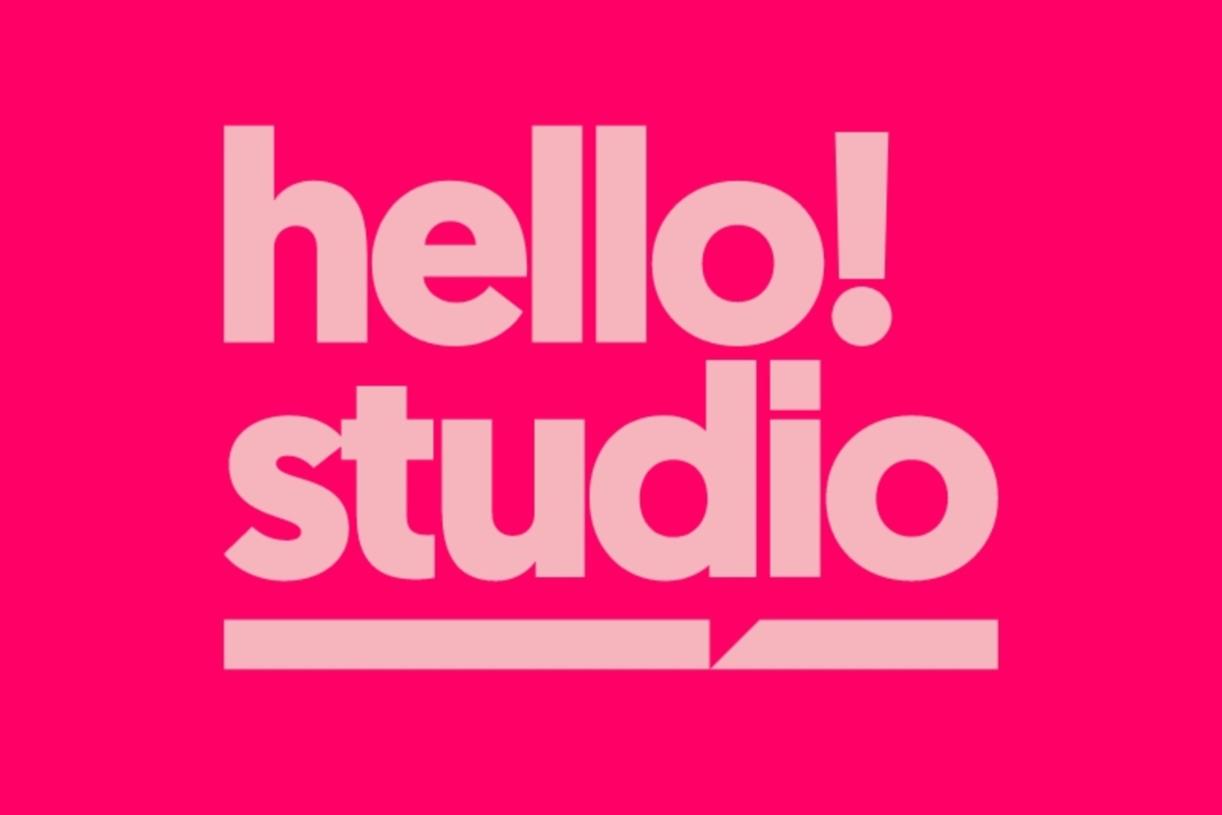

























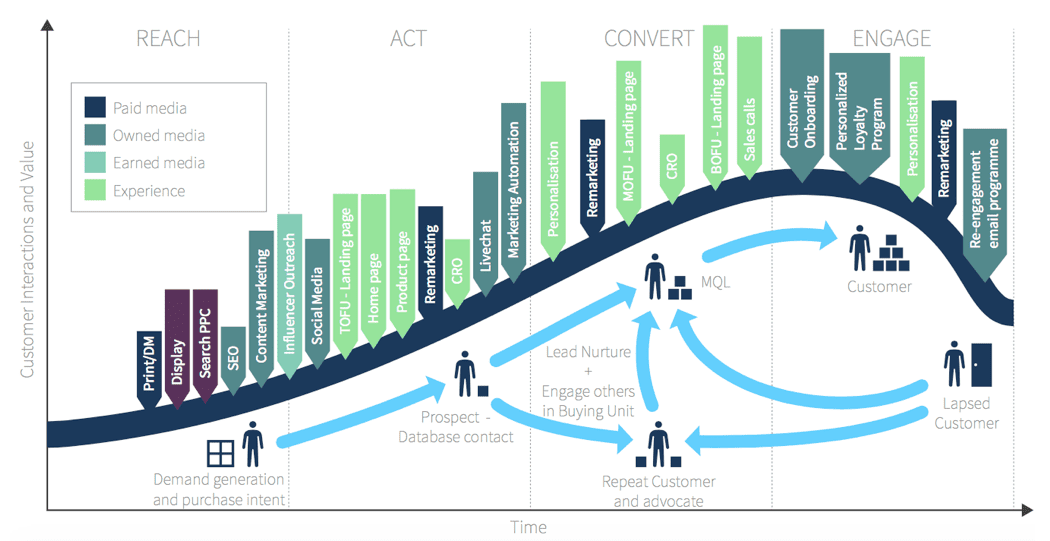
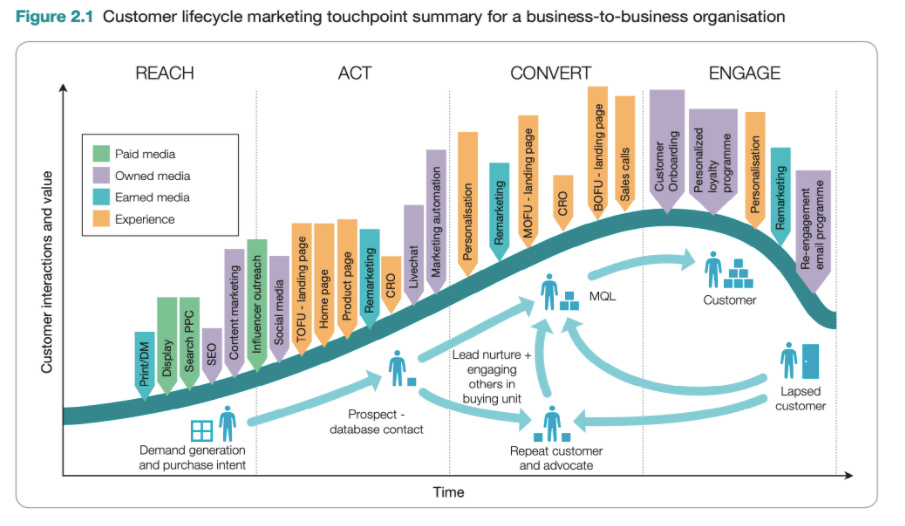
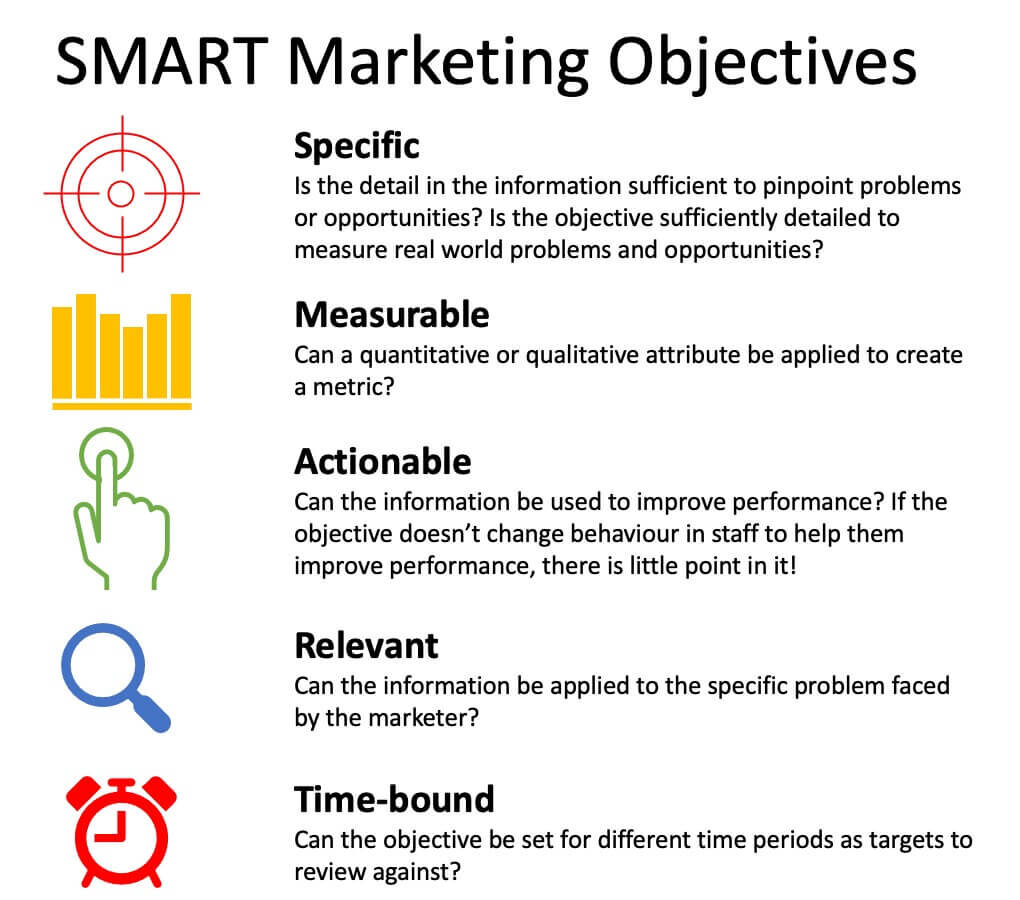
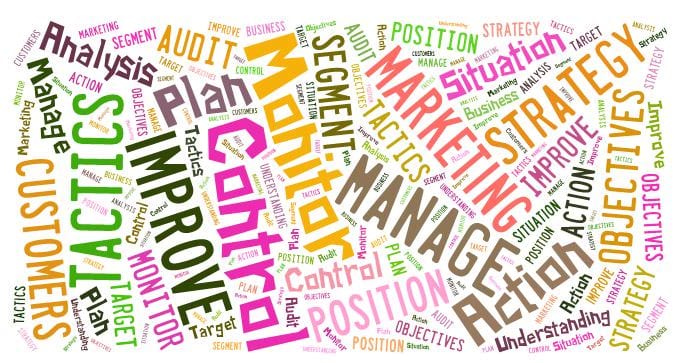





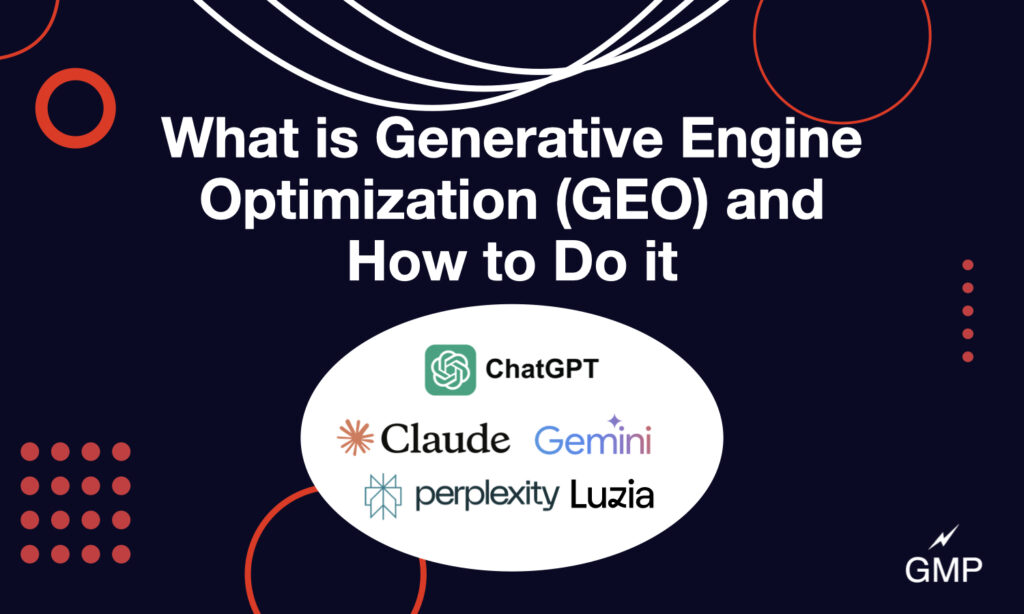


![How Marketers Are Using AI for Writing [Survey]](https://www.growandconvert.com/wp-content/uploads/2025/03/ai-for-writing-1024x682.jpg)








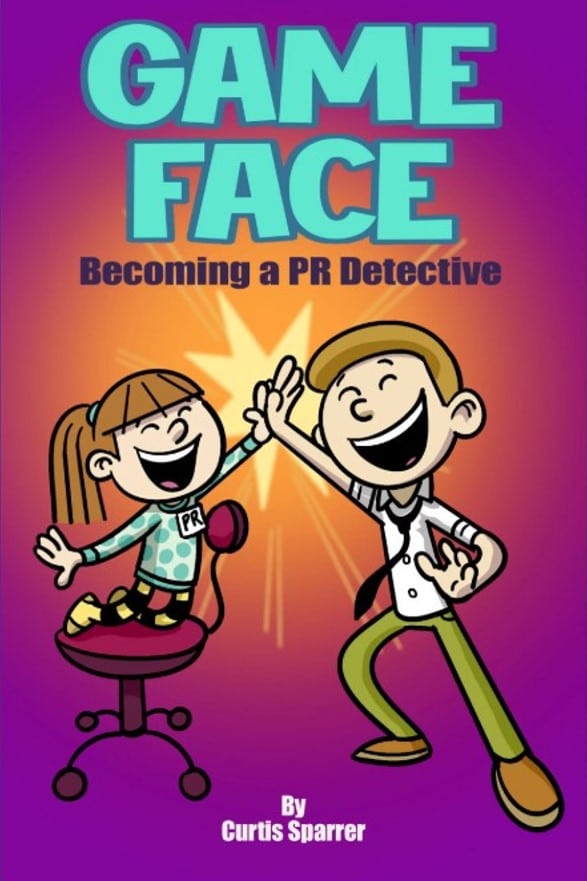








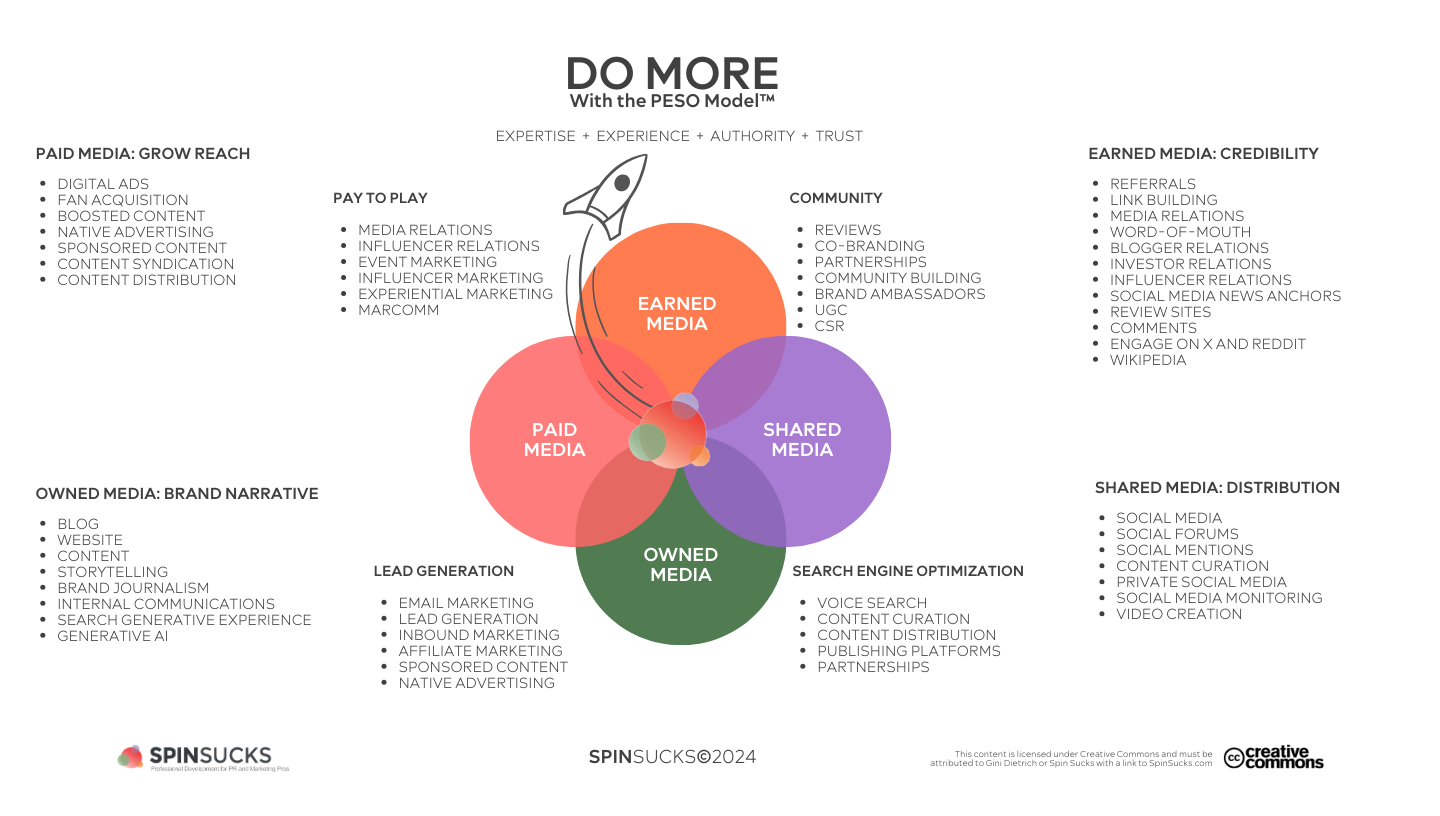



















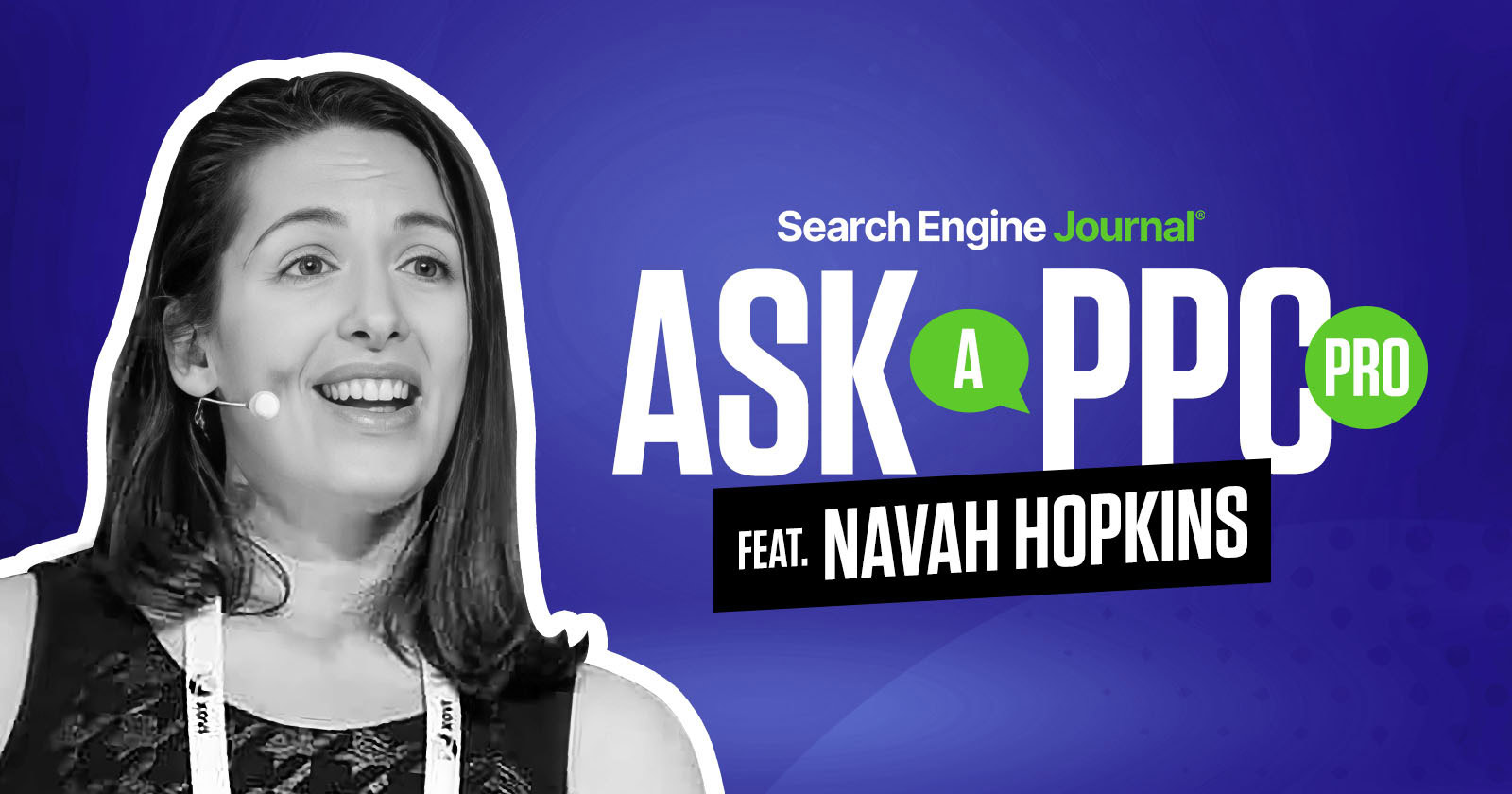



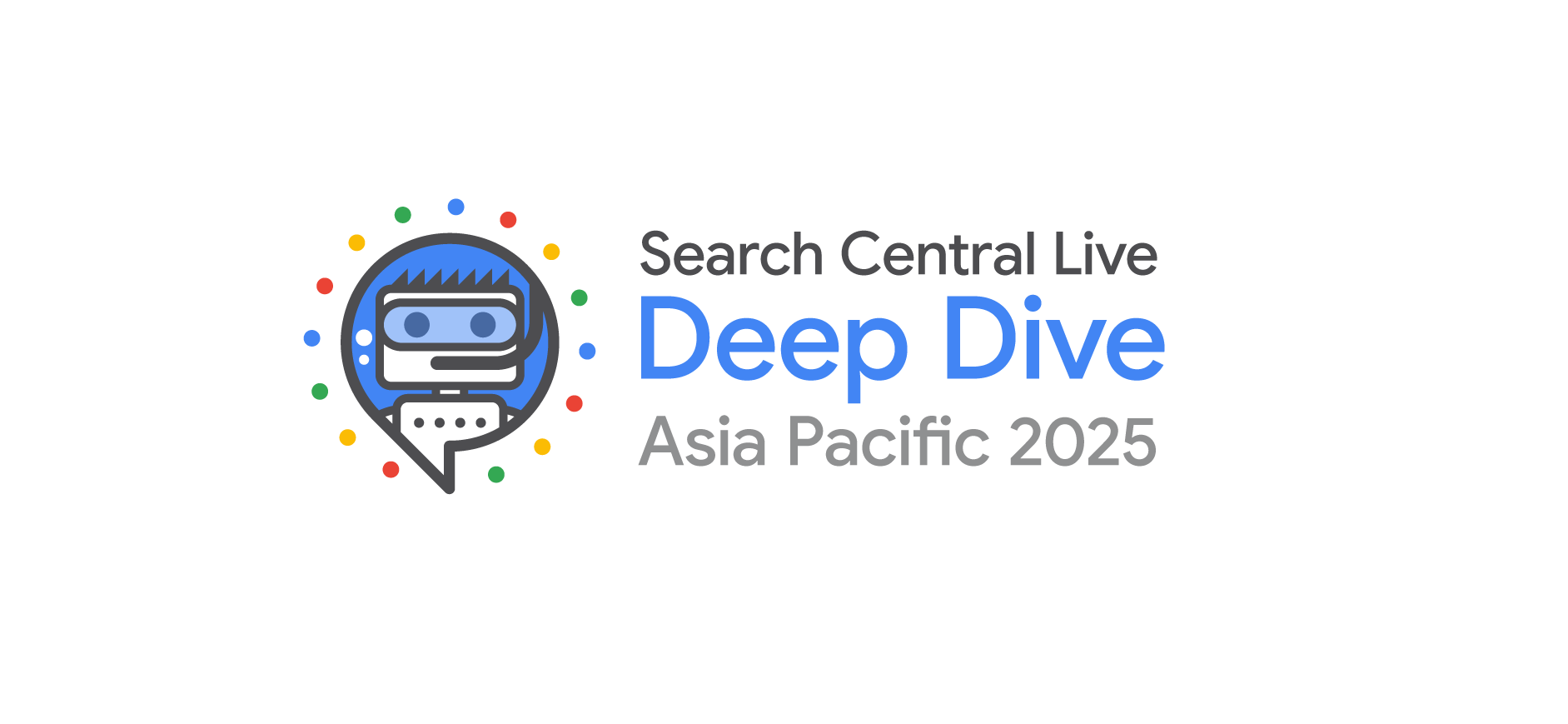





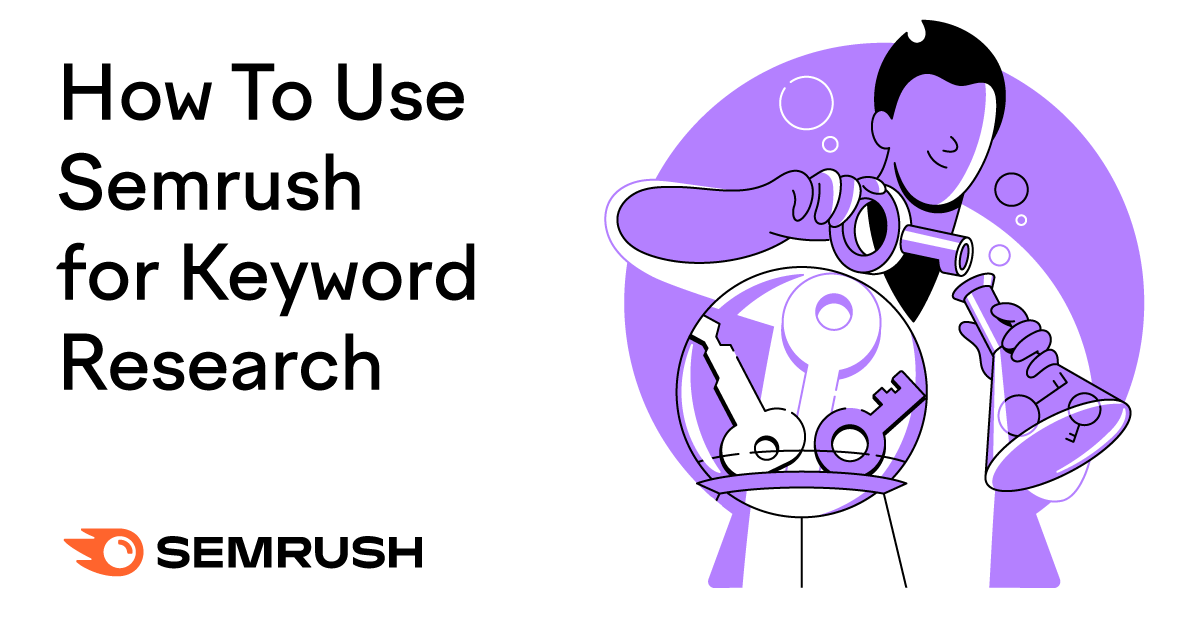


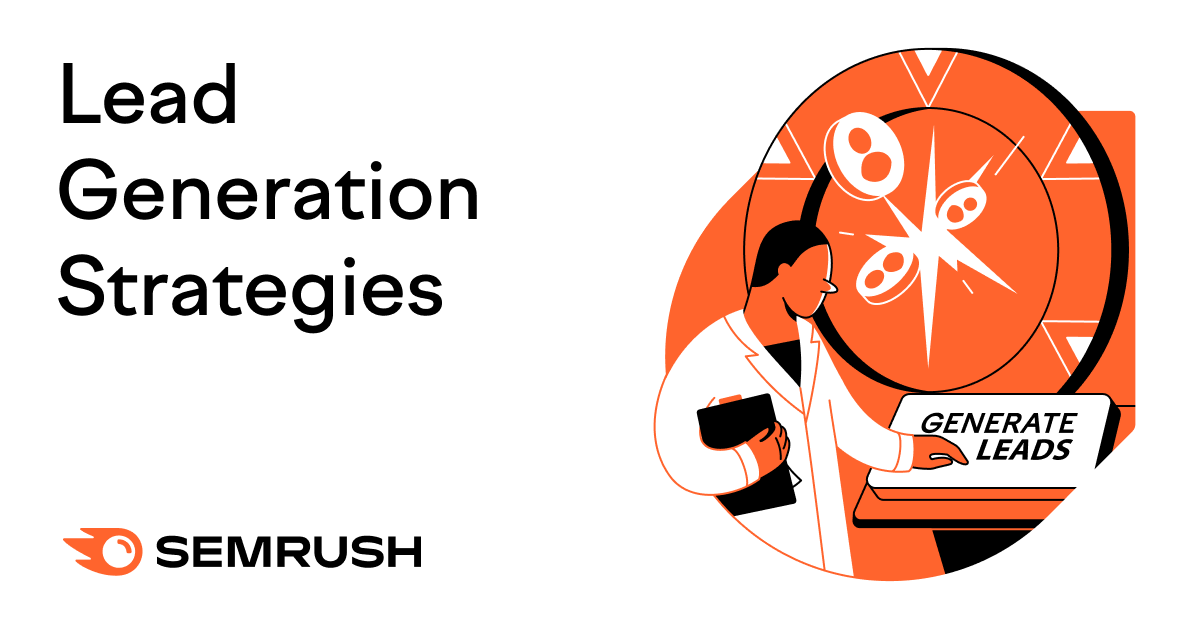


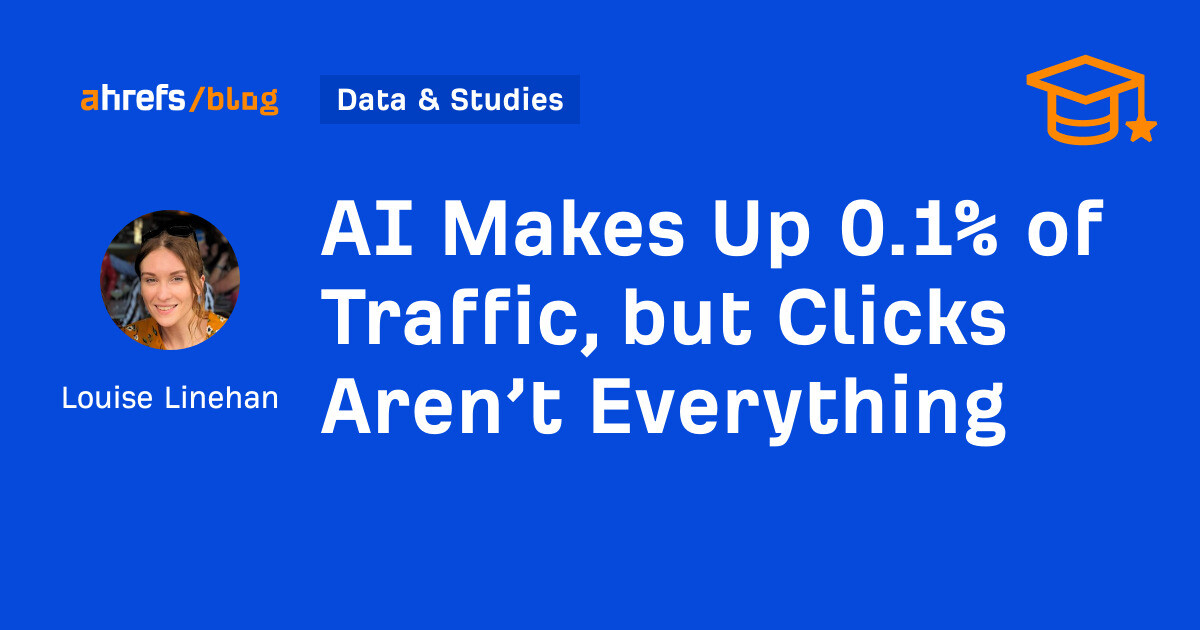
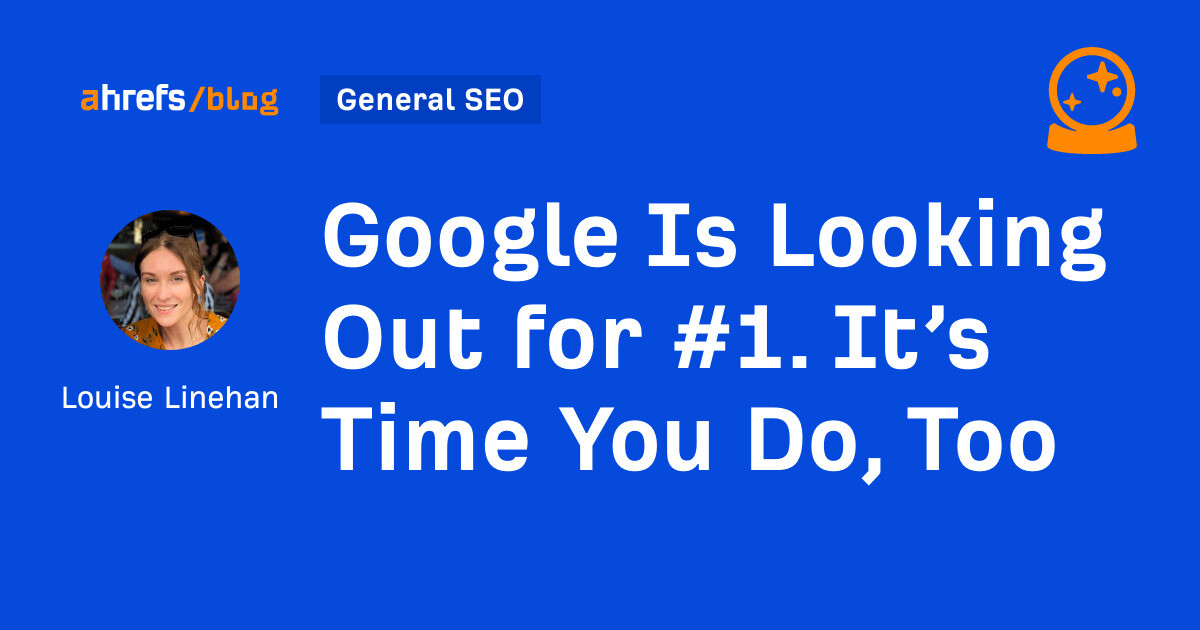
![Meta Outlines Open Source Contributions In 2024 [Infographic]](https://imgproxy.divecdn.com/YOYEhTrhLX1rsEjXqZJNhFf8sC0vMoNHeK_qbzpVVKY/g:ce/rs:fit:770:435/Z3M6Ly9kaXZlc2l0ZS1zdG9yYWdlL2RpdmVpbWFnZS9tZXRhX29wZW5fc291cmNlX2luZm8yLnBuZw==.webp)


![How to Do Market Research & Better Understand Your Target Customers [Template]](https://www.hubspot.com/hubfs/market-research-buyers-journey_5.webp)











